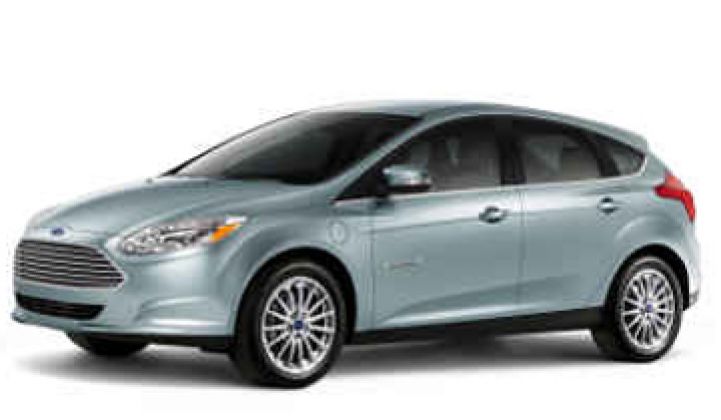During the opening keynote of The Networked EV in 2010, Anthony Eggert, Commissioner of the California Energy Commission, said that the electric vehicle revolution was no sure thing. At that time, the Chevy Volt was days away from rolling off of the production lines and early adopters eagerly awaited the day they could kiss the gas station goodbye.
One year later, the cars have hit the road -- at least a few of them. As of September, there were about 11,000 Nissan Leafs and Chevy Volts in the U.S. “The cars are here and the auto industry believes in this,” Saul Zambrano, Senior Director of Customer Energy Solutions at Pacific Gas & Electric, said during the morning keynote at The Networked Grid 2011.
Zambrano was confident that his utility, which has more than 2,000 EVs in its service territory, knew a whole lot more than it did even one year ago. Still, regulatory and technological hurdles remain. Also, people are fickle creatures. Buying a car is far more emotional than it is rational.
Home charging still rules, comprising 85 percent to 90 percent of charging. Although overnight charging makes up the bulk of charging, Zambrano noted that only 35 percent of their customers are on a time-of-use charging plan that would offer the lowest rates for nighttime, off-peak charging.
Range anxiety, it turns out, is real -- very real. Zambrano argued that it can be diminished with consumer education, and when people begin to learn where public infrastructure charging is located. He noted that less than one percent of total charging for EVs in PG&E territory has been at public infrastructure stations.
The placement and type of charging stations is up for debate at The Networked EV 2011, with Zambrano arguing that early adopters will largely be happy with Level I or maybe Level II charging at home -- in his view, there isn’t much of a need for public infrastructure.
Not everyone agreed. David Leeds, senior manager of smart grid at GTM Research, compared Level I charging to a dial-up connection. He argued that at least Level II, and eventually fast charging, would be needed for mass-market adoption.
DC fast charging is coming along more rapidly than anticipated, with hundreds of stations being installed in the near future. In NRG Energy’s eVgo territory, for example, more than 90 percent of EV drivers in the area have signed up for the program, which offers home and on-the-go charging for a monthly fee.
One thing was clear before the first coffee break: vehicle-to-grid, or V2G, where the car can sell power from its battery back to the grid, is a hot topic, but also something of a red herring. It’s not happening outside of a few pilots, and it’s not on the verge of happening due to technological, regulatory and warranty issues. Maybe someday, said Zambrano. But not next year, and not even in five years.
Besides, there are enough basic issues that carmakers, utilities, charging infrastructure companies and software companies have to work through to bring the EVs from a small niche market to mass adoption in the coming years.
Leeds laid out some of the immediate challenges that the industry is addressing to move EVs to the next level of adoption five years from now:
- Bi-directional communications standards
- Utilities sharing lessons learned from EV pilots and early adopters
- Interoperability standards for smart charging software and applications
- Support for in-home charging integration
- Public infrastructure development
- Remote and automated control for EVs via smartphone apps and home energy management systems
He noted that there are incredible opportunities in software and analytics to complement this market, especially since utilities and carmakers historically have not been in the business of building consumer-facing software. Along with infrastructure, the cars have to be fun to drive, which they are, and meet the desires that people bring to the showroom.
Starting in 2012, at least there will be a significant number of additional options, with about a dozen different major carmakers introducing electric and plug-in hybrid models. Leeds’ personal opinion as an emotionally charged driver rather than a data-fueled analyst? “I think the Ford Focus is one of the nicest looking mass market EVs to date,” he said. But with a rash of new options coming to the showroom, expect the competition -- and opinions about EV options -- to increase.



